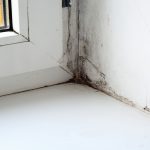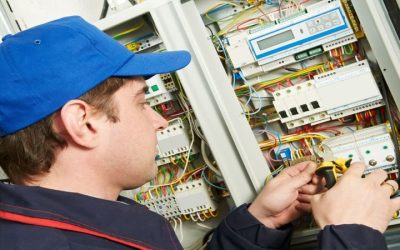Ensuring the highest standards of safety and reliability in aviation starts long before an aircraft ever leaves the ground. One of the most vital steps in this journey is the comprehensive testing of engines in a controlled environment. For those searching to optimize performance and safety, understanding how an Aircraft Engine Test Cell operates—and how to maximize its effectiveness—is essential. This specialized facility is the backbone of engine validation, playing a crucial role in detecting issues, verifying repairs, and ensuring engines deliver peak performance throughout their service life.
The Role of Engine Test Cells in Aviation Safety
Aircraft engines operate under extreme conditions, making rigorous testing imperative. Test cells are designed to simulate real-world scenarios, allowing engineers to evaluate an engine’s performance, reliability, and compliance with regulatory standards. By replicating in-flight stresses, these facilities help identify potential failures before they become operational risks. The data collected during these tests not only safeguards passengers and crew but also contributes to the ongoing improvement of engine design, maintenance, and repair protocols.
Key Elements for Unlocking Peak Performance
To unlock peak performance in a test cell environment, several factors must be addressed:
1. Advanced Instrumentation and Data Acquisition
Modern test cells are equipped with sophisticated sensors and software that capture a comprehensive array of performance metrics. These include thrust, fuel efficiency, vibration levels, and emission outputs. By leveraging real-time data, engineers can:
- Detect minor anomalies before they escalate
- Fine-tune engine calibrations for optimal output
- Ensure compliance with evolving environmental and safety regulations
2. Environmental Control and Simulation
A critical aspect of engine testing is the ability to accurately simulate the range of conditions an engine will encounter during flight. This involves:
- Controlling temperature and humidity to reflect varying altitudes
- Replicating air pressure and flow dynamics
- Monitoring noise levels and exhaust emissions
Such controlled simulations enable precise assessment, ensuring engines perform reliably under all possible operating circumstances.
3. Maintenance and Calibration of Test Equipment
Even the most advanced test cell is only as reliable as its calibration. Regular maintenance and calibration of test instruments are essential for valid results. Implementing a strict schedule for equipment checks, sensor recalibration, and software updates helps maintain data integrity and test accuracy.
4. Skilled Personnel and Continuous Training
Expertise is paramount in interpreting test results and troubleshooting issues. Investing in ongoing training for technicians and engineers ensures that they remain proficient in the latest testing protocols, data analysis techniques, and regulatory requirements. This human element is key to translating raw data into actionable insights that drive performance and safety improvements.
Enhancing Reliability through Continuous Improvement
Peak performance is not a one-time achievement but a continuous process. By fostering a culture of ongoing evaluation and improvement, organizations can adapt to emerging technologies and industry standards. Regular reviews of test procedures, combined with feedback from real-world engine performance, create a feedback loop that drives innovation and enhances reliability.
Optimizing performance in an aircraft engine test cell is a multifaceted endeavor, involving advanced technology, precise environmental control, rigorous maintenance, and skilled personnel. By focusing on these critical areas, aviation professionals can not only meet but exceed safety and reliability standards. As the aviation industry continues to evolve, the commitment to excellence in engine testing will remain a cornerstone of safe and dependable flight for years to come.







